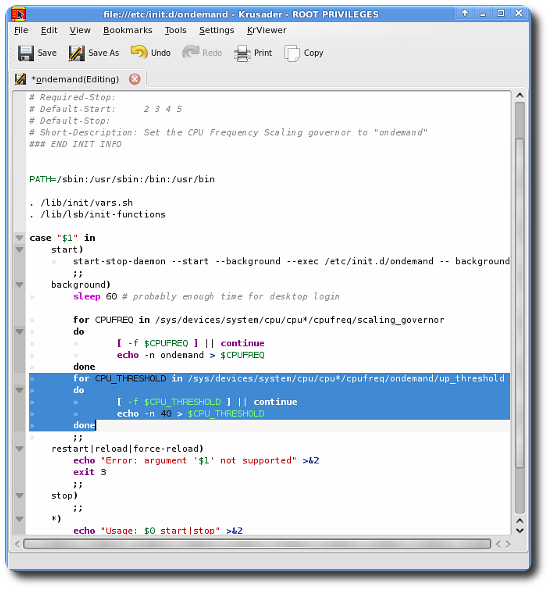# .conkyrc - Edited from various examples across the 'net
# Used by Craig Watson [ www.cwatson.org ] on Fedora 8
# --- Window Layout & Options --- #
own_window yes
own_window_colour 2B2739
own_window_transparent no
own_window_type override
own_window_hints undecorated,below,sticky,skip_taskbar,skip_pager
double_buffer yes
use_spacer right
use_xft yes
alignment bottom_right
gap_x 10
gap_y 10
# --- Colours, Sizes, Fonts & Margins --- #
update_interval 2.0
maximum_width 250
stippled_borders 3
border_width 10
default_color grey
# --- Text --- #
draw_outline no
draw_borders no
font Monospace:size=8:weight=bold
uppercase no
draw_shades no
TEXT
${color white}${time %A},${time %e} ${time %B} ${time %G}${alignr}${time %H:%M:%S}
#${color white}${alignr}$color $uptime
#${color orange}CPU ${hr 2}$color$font
Processes: $running_processes/ $processes${alignr}${color white}${freq_g 2}GHz$color
${cpugraph cpu1 25,120 000000 52496B} ${cpugraph cpu2 25,120 000000 52496B}
#${color #ff6600}${cpubar cpu1 3,120} ${color #cc0033}${cpubar cpu2 3,120}$color
#${color white}TOP ${hr 2}$color
${color white}NAME PID CPU MEM$color
1. ${top name 1}${top pid 1} ${top cpu 1} ${top mem 1}
2. ${top name 2}${top pid 2} ${top cpu 2} ${top mem 2}
3. ${top name 3}${top pid 3} ${top cpu 3} ${top mem 3}
4. ${top name 4}${top pid 4} ${top cpu 4} ${top mem 4}
5. ${top name 5}${top pid 5} ${top cpu 5} ${top mem 5}
#${color orange}MEMORY & SWAP ${hr 2}$color
${color white}RAM$color $memperc% ${membar 6}$color
#${color white}Swap$color $swapperc% ${swapbar 6}$color
#${color orange}ETHERNET (${addr eth0}) ${hr 2}$color
${color white}Down:$color ${downspeed eth0}${alignr}${color white}Up:$color ${upspeed eth0}
${downspeedgraph eth0 25,120 000000 52496B} ${alignr}${upspeedgraph eth0 25,120 000000 52496B}$color
